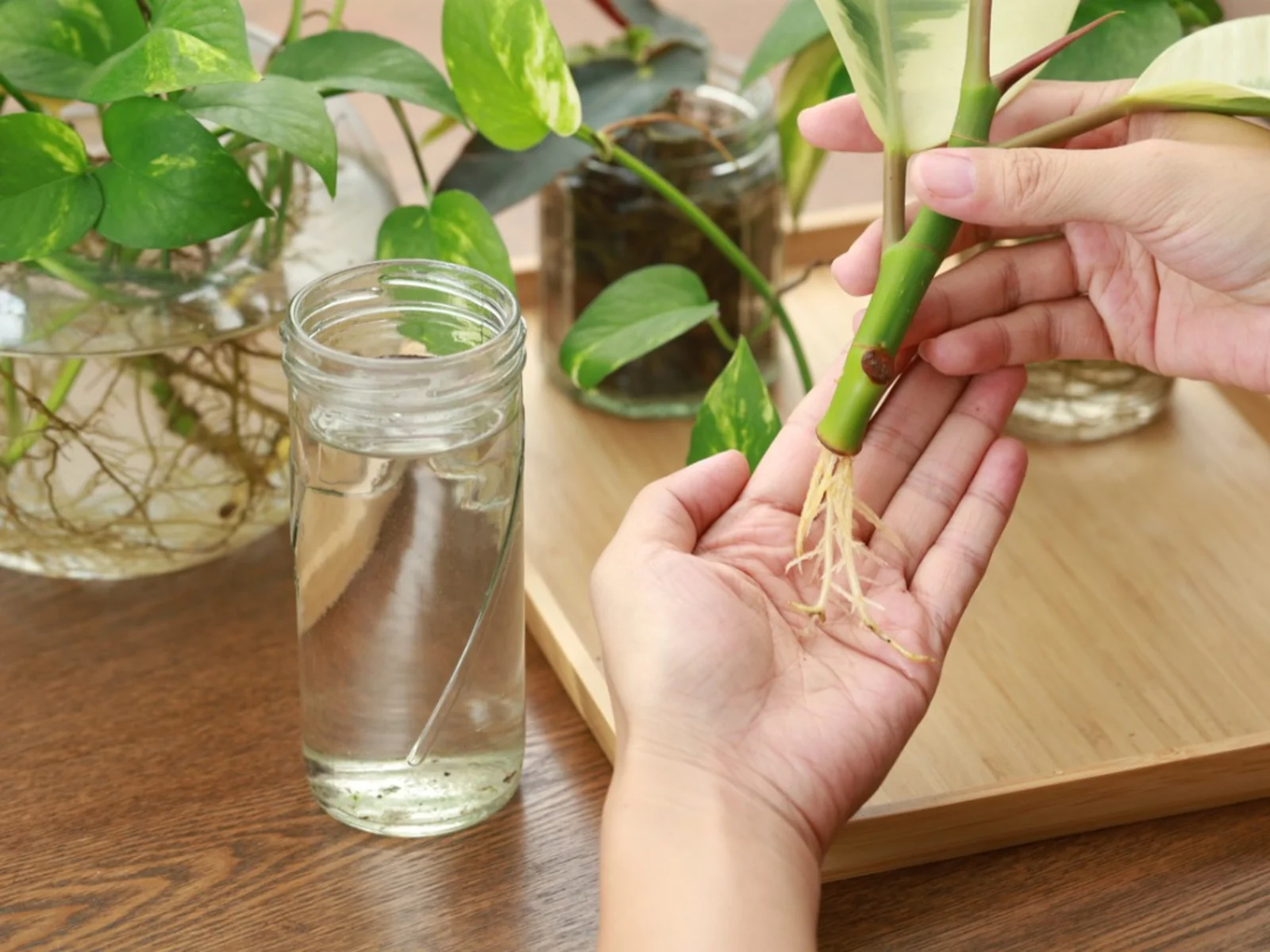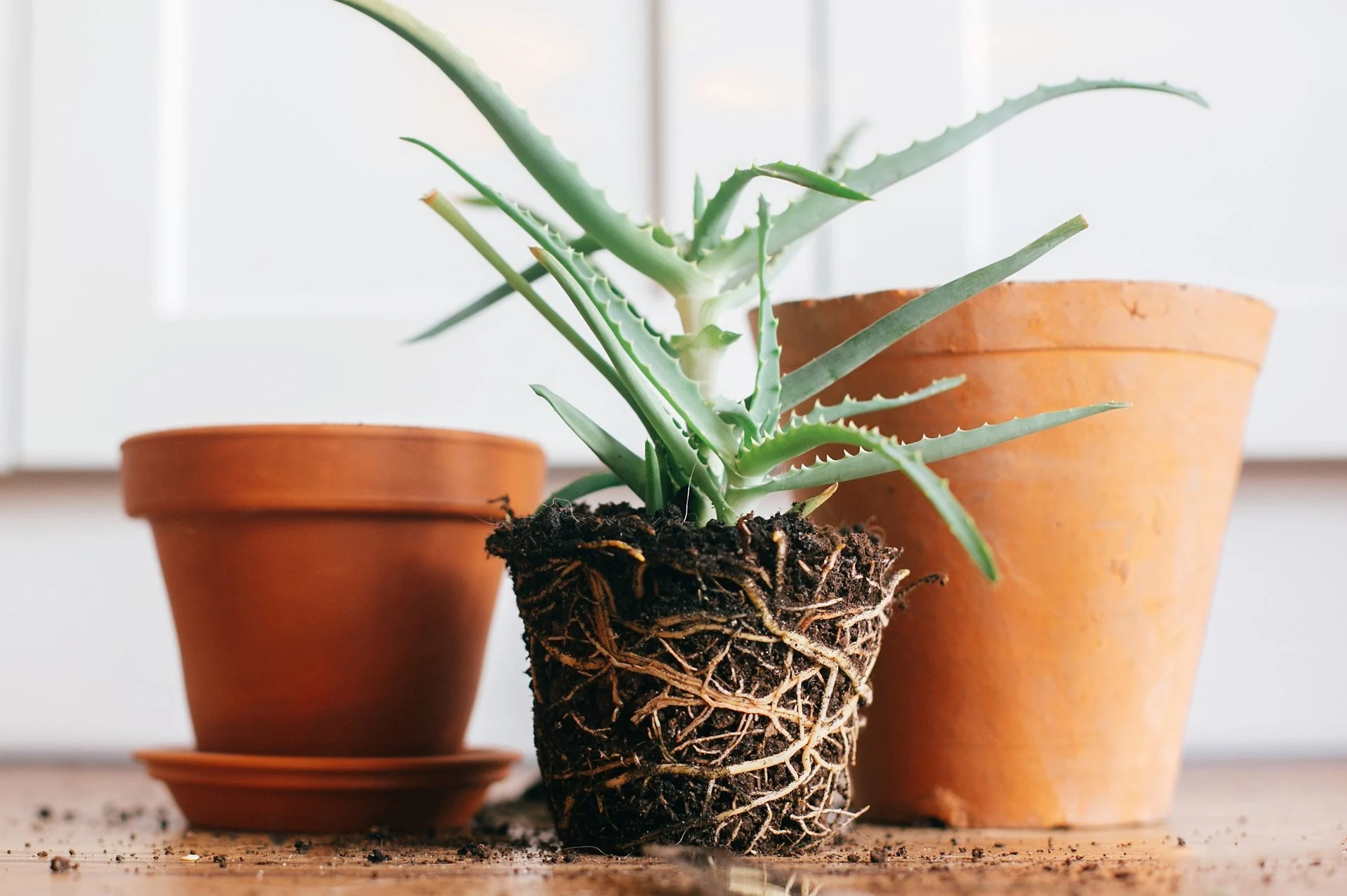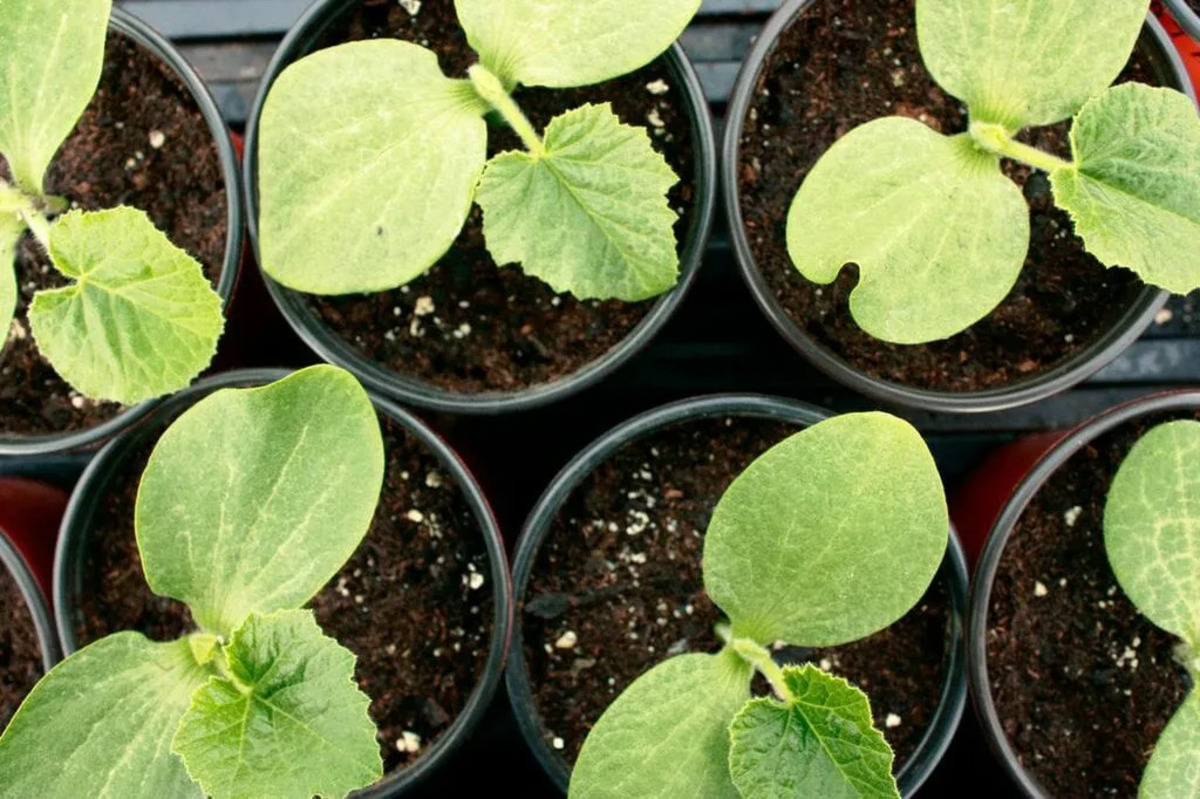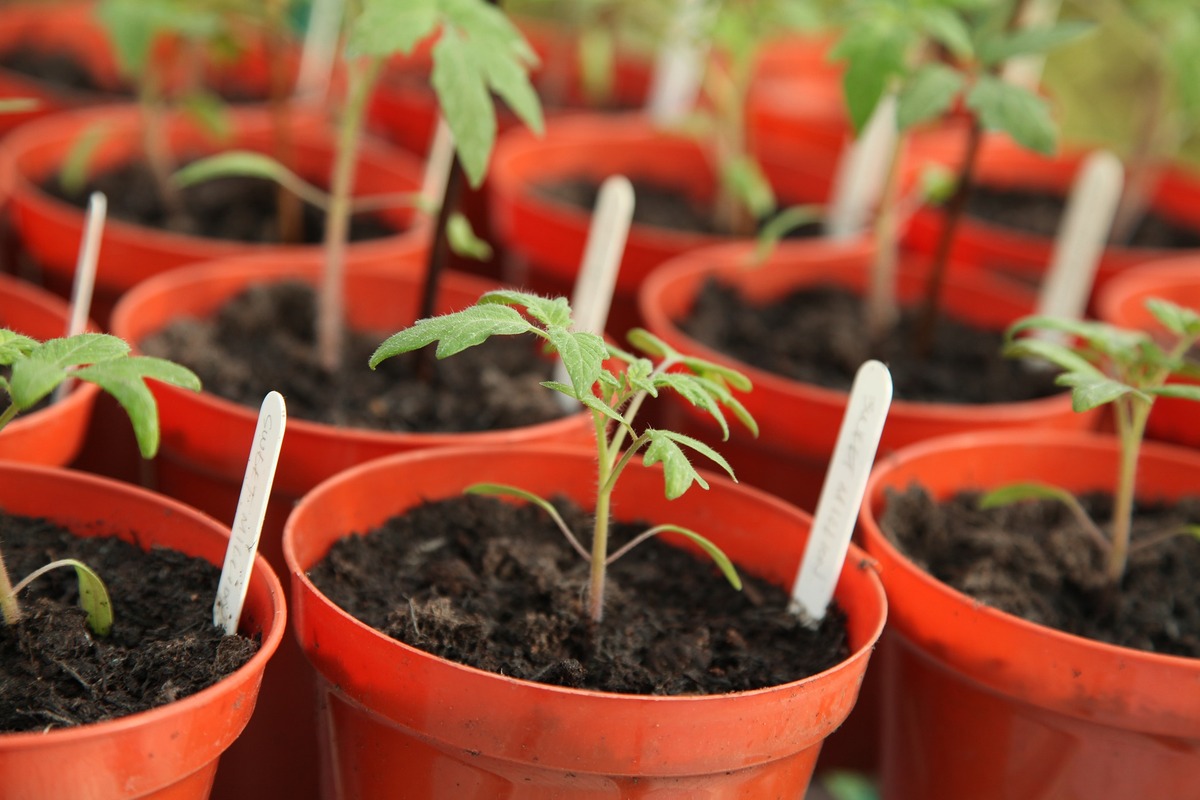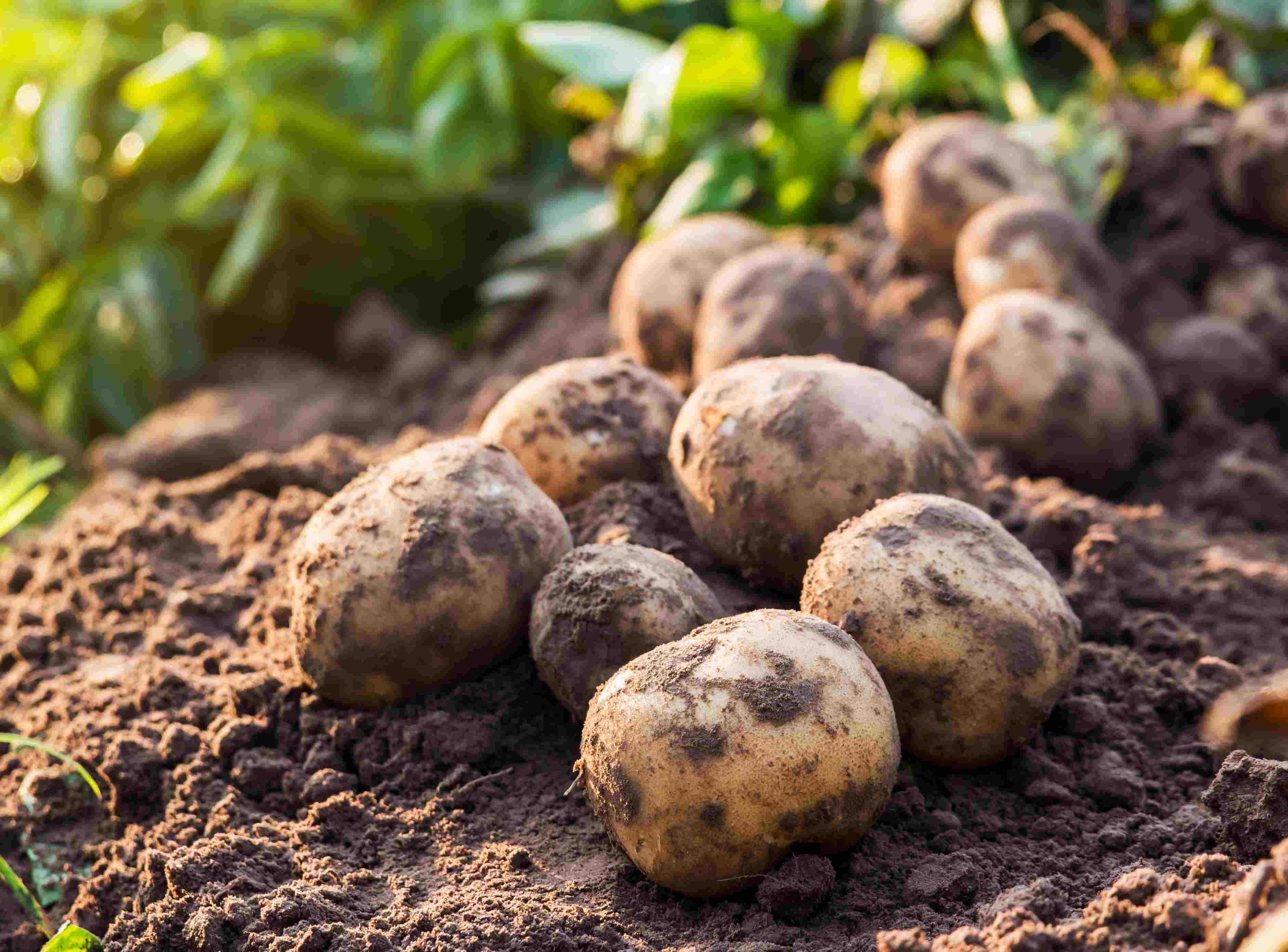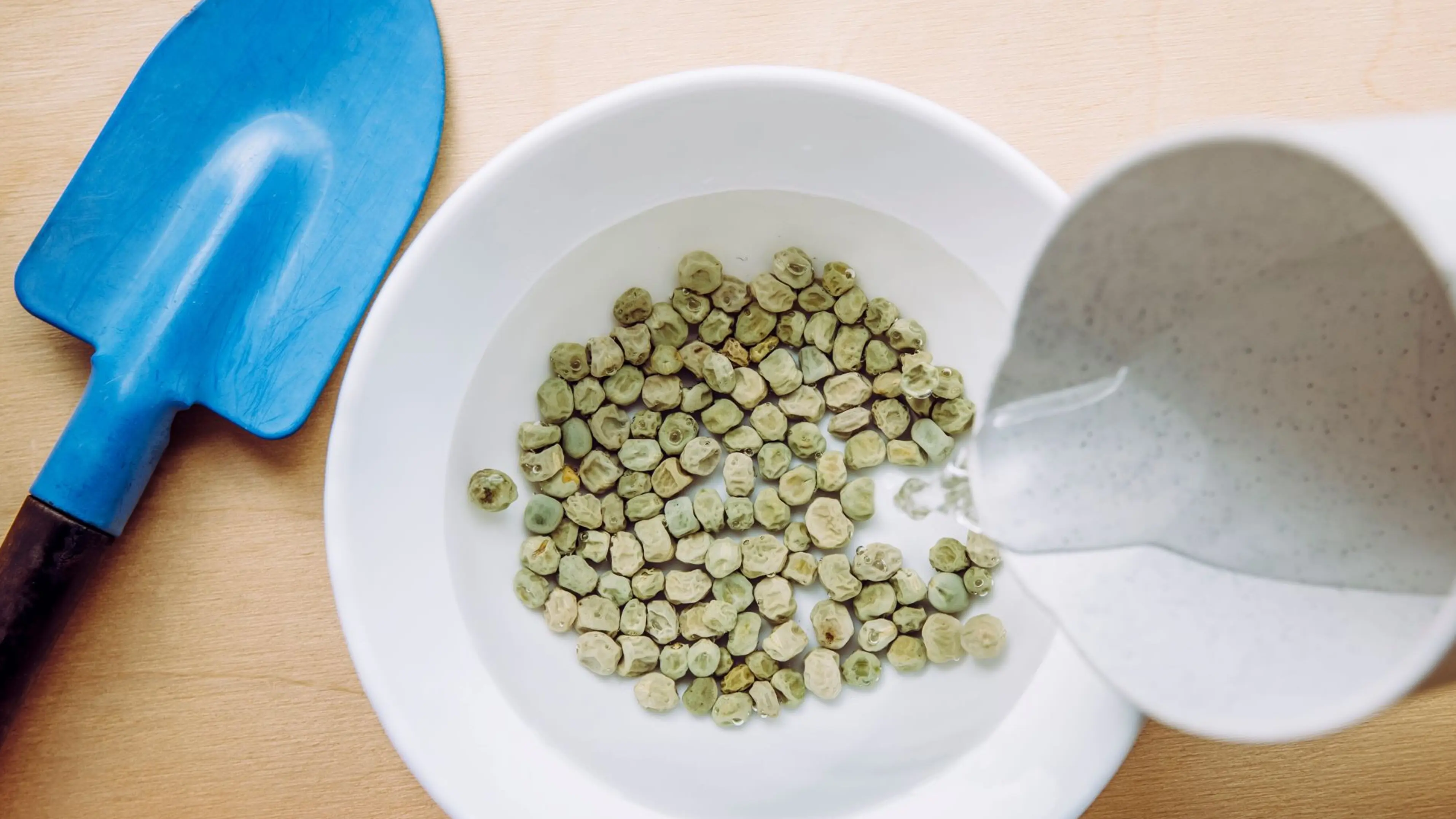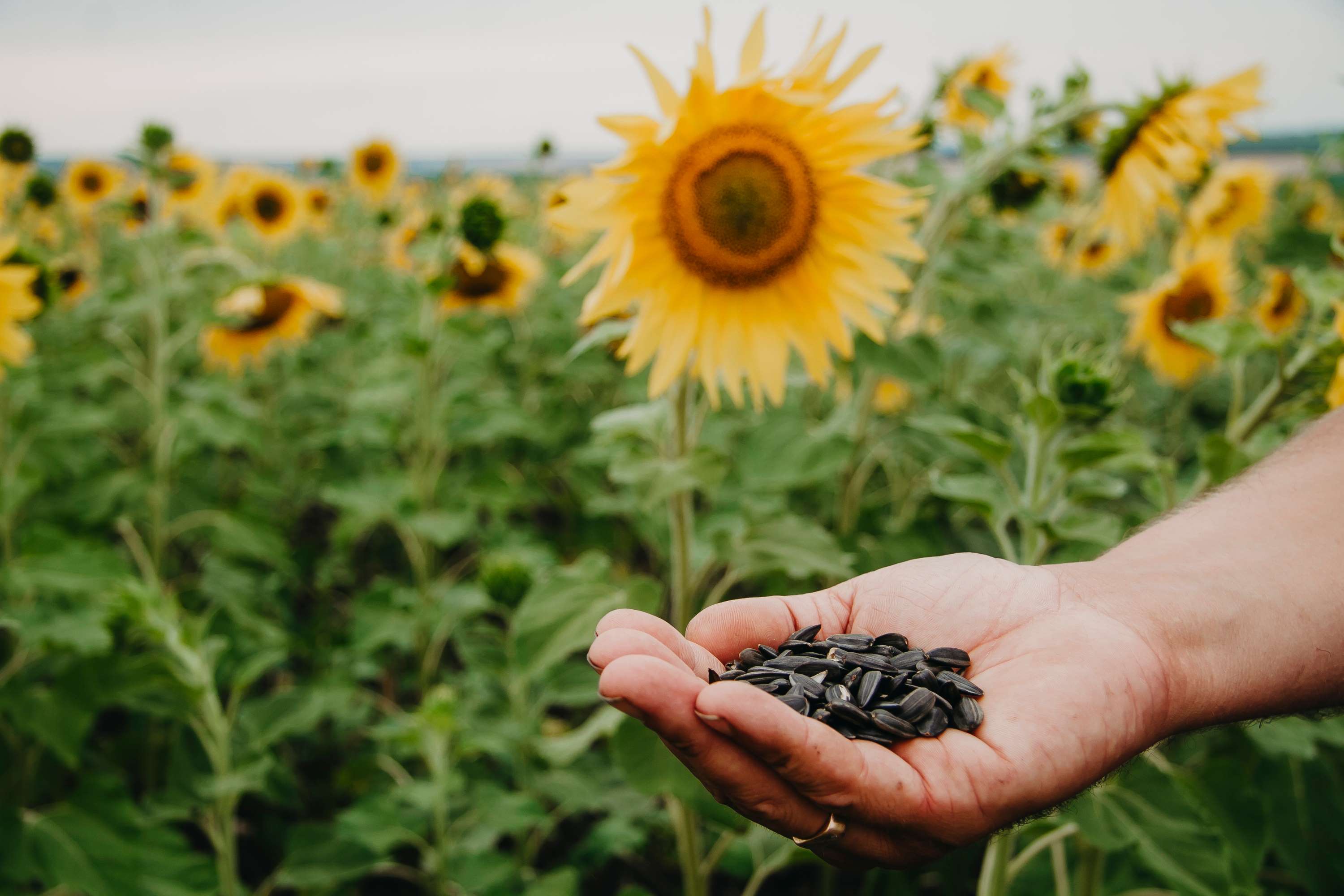Home>Types of Gardening>Ornamental Gardening>How To Harden Plants Before Planting Outside
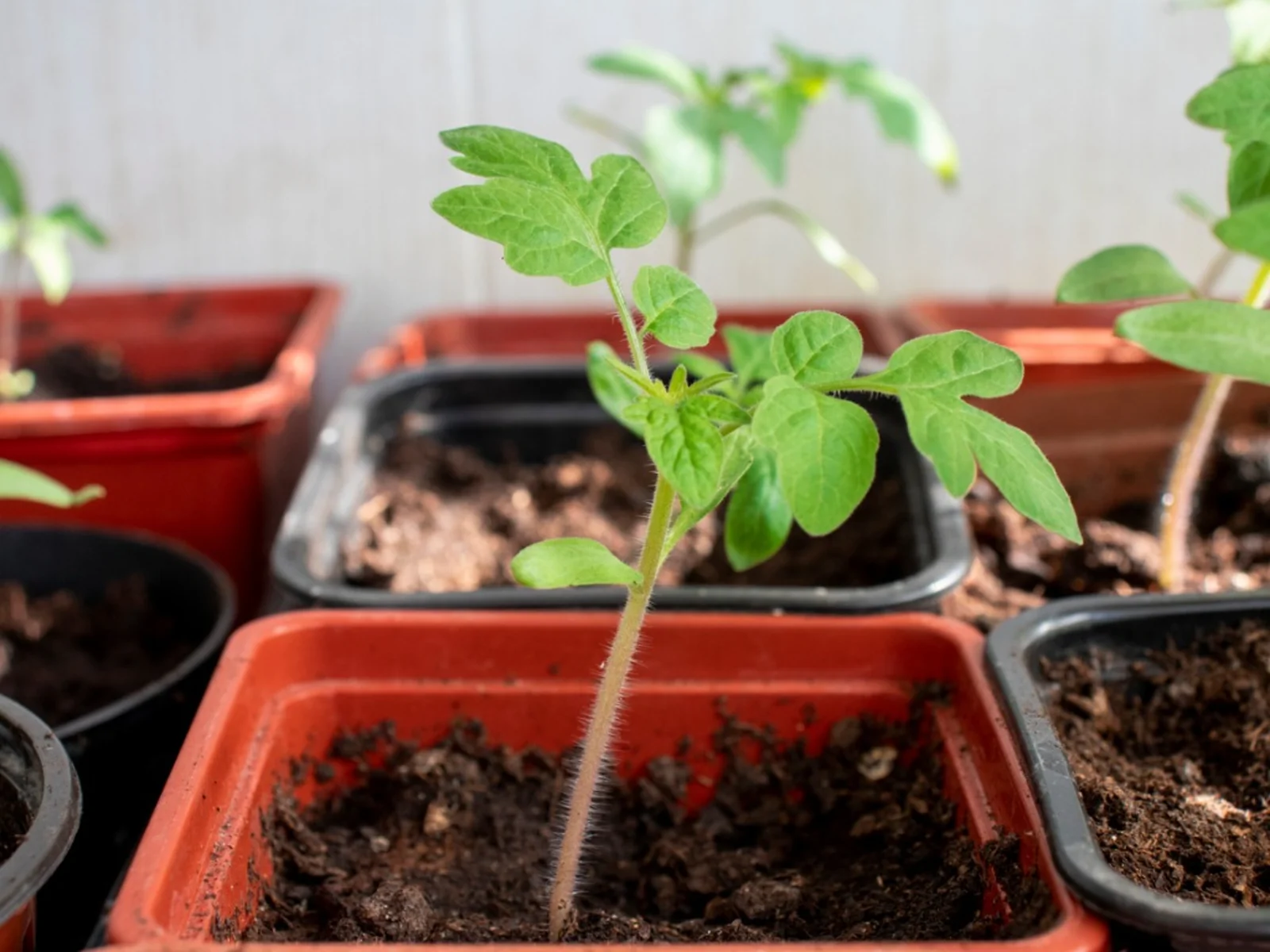

Ornamental Gardening
How To Harden Plants Before Planting Outside
Published: August 24, 2023
Learn how to properly harden ornamental plants before transplanting them outside for optimal growth and survival. Expert tips and techniques for successful ornamental gardening.
(Many of the links in this article redirect to a specific reviewed product. Your purchase of these products through affiliate links helps to generate commission for Chicagolandgardening.com, at no extra cost. Learn more)
Table of Contents
Introduction
Welcome to the world of ornamental gardening! Whether you are a seasoned gardener or a beginner, learning how to successfully plant and cultivate your beautiful ornamental plants is a rewarding and fulfilling experience. However, before you can dive right into planting your precious specimens outdoors, it is important to properly harden them first.
Plant hardening is the process of gradually acclimating your plants to outdoor conditions, preparing them for the sometimes harsh realities of the outside world. This is especially crucial if you have been growing your plants indoors or in a greenhouse, as they will need time to adjust to the differences in temperature, sunlight exposure, and other environmental factors.
In this article, we will guide you through the steps to harden your plants before planting them outside. By following these guidelines, you will give your plants the best chance of thriving in their new outdoor environment.
So, let’s roll up our sleeves, put on our gardening gloves, and dive into the world of plant hardening!
Assessing Plant Hardiness
Before embarking on the process of hardening your plants, it is important to assess their hardiness. Hardiness refers to a plant’s ability to withstand and adapt to various environmental conditions, such as temperature extremes and fluctuating weather patterns. By understanding the hardiness of your plants, you can determine the best course of action for their successful transition to the outdoors.
One way to assess plant hardiness is to research the specific plant species or varieties you are working with. Consult gardening books, online resources, or contact local gardening experts to gather information on the specific hardiness zones that your plants thrive in. Hardiness zone maps are widely available and can help you determine the average lowest temperatures in your region, which will give you an indication of the type of weather conditions your plants will face.
Additionally, observe how your plants have been growing indoors. Are they showing signs of stress or weakness, or have they been thriving in the controlled environment? This can give you some insight into their ability to adapt to the outdoor conditions.
It is essential to note that plant hardiness is not a guarantee of a plant’s survival. There are other factors to consider, such as soil type, moisture levels, and exposure to wind. However, assessing plant hardiness provides a good starting point for determining how much time and effort you need to put into the hardening process.
By taking the time to assess the hardiness of your plants, you can make informed decisions and tailor your hardening process to meet their specific needs. So, let’s move on to the next step in our journey – gradually exposing your plants to outdoor conditions.
Gradual Exposure to Outdoor Conditions
Once you have assessed the hardiness of your plants, it’s time to begin the process of gradually exposing them to outdoor conditions. Abruptly moving your indoor plants outside can cause shock and stress, leading to stunted growth or even plant death. By gradually acclimating them, you give them time to adapt and strengthen, increasing their chances of thriving in their new environment.
Start by selecting a sheltered location outdoors, such as a porch or patio, where your plants will be protected from direct sunlight, strong winds, and sudden temperature fluctuations. This will serve as a transitional space where they can gradually adjust to the outdoor elements.
Begin by placing your plants outdoors for a few hours a day, gradually increasing the duration over the course of a week. This allows them to experience natural sunlight, gentle breezes, and the gradual temperature changes of the day. Keep a close eye on your plants during this time, looking for any signs of stress or sunburn. If necessary, move them to a slightly shadier location to prevent damage.
After a week of partial exposure, your plants should be ready for longer periods of time outdoors. gradually increase the time they spend outside, eventually leaving them out overnight. This process can take another week or two, depending on the hardiness of your plants and the local weather conditions.
During this gradual exposure phase, it’s important to monitor weather forecasts. If there is a sudden drop in temperature or a forecast for severe weather, bring your plants indoors or provide them with temporary shelter until the conditions improve.
Remember, the goal is to help your plants adjust gradually, building their resilience and preparing them for full-time outdoor living. Once your plants have successfully endured the gradual exposure process, it’s time to move on to protecting them from potential harmful weather conditions.
Protecting Plants from Cold Temperatures
As you transition your plants to the outdoors, it is crucial to protect them from cold temperatures, especially if they are not accustomed to cooler climates. Frost and freezing temperatures can cause significant damage to delicate ornamental plants.
One effective way to protect your plants from cold temperatures is by covering them. Use materials such as frost blankets, old bedsheets, or burlap sacks to create a protective barrier. Secure the covers firmly over your plants, ensuring that they reach all the way to the ground. This will help trap heat generated by the soil and prevent cold air from reaching the plants. Just make sure to remove the covers during the day to allow for proper air circulation and prevent overheating.
If you have potted plants, consider grouping them together near a wall or on a covered porch. This provides added insulation and protection from cold winds. Additionally, placing pots on insulating materials such as straw or cardboard can help prevent the roots from freezing.
Another effective method to protect plants from cold temperatures is by using mulch. Apply a layer of organic mulch, such as wood chips or straw, around the base of your plants. This helps insulate the soil, retain moisture, and regulate soil temperatures. Just be cautious not to pile the mulch too high against the stems and foliage, as this can lead to rot or fungal issues.
Monitoring the weather is essential in protecting your plants from cold temperatures. Stay informed about upcoming frost or freeze warnings in your area. On chilly nights, water your plants thoroughly before sunset. Moist soil holds heat better than dry soil and can help protect the plant roots from freezing. Also, consider providing additional heat sources, such as frost candles or outdoor heaters, for extra protection.
Remember that different plants have different levels of cold tolerance. Some may require more protection than others. Take the time to research the specific needs of your plants and provide the necessary protection accordingly.
By safeguarding your plants from cold temperatures, you are giving them the best chance of survival during the hardening process. Now, let’s move on to ensuring sufficient sunlight and watering for your plants’ overall health and vitality.
Ensuring Sufficient Sunlight and Watering
Sunlight and water are essential for the health and growth of your plants, and it becomes even more critical during the hardening process. Properly providing these two vital elements will help your plants adjust to the outdoor conditions and thrive in their new environment.
When it comes to sunlight, it is important to gradually increase the exposure of your plants to direct sunlight. As you transition them outdoors, start by placing them in a shaded area or a spot where they receive partial sunlight. This will prevent sunburn and allow them to slowly adapt to the intensity of natural sunlight. Over time, gradually expose them to longer periods of direct sunlight, observing how they respond. If you notice any signs of sunburn or stress, either provide shade or move them to a slightly less sunny location. Each plant has specific sunlight requirements, so research the needs of your particular plants and adjust accordingly.
In terms of watering, it is essential to strike a balance. While it is crucial to provide enough water to keep your plants hydrated, overwatering can lead to root rot and other problems. As a general rule, water your plants deeply but infrequently. This encourages the development of deeper, more resilient root systems. Your plants may require more frequent watering during the hardening process, especially if they are placed in direct sunlight or experience warmer temperatures. Monitor the moisture levels of the soil, and only water when the top inch feels dry. Avoid relying solely on a predetermined watering schedule, as environmental conditions can vary.
Remember to water your plants in the early morning or late afternoon to minimize evaporation and give the foliage a chance to dry before nightfall. Wet leaves overnight can increase the risk of fungal diseases.
Each plant has different watering needs, so make sure to research and understand the specific requirements of your ornamentals. Factors such as plant species, pot size, soil composition, and weather conditions can all impact the frequency and amount of water needed.
By ensuring your plants get sufficient sunlight and watering, you are providing them with the necessary nutrients and conditions to flourish in their new outdoor environment. But our work doesn’t end here. Let’s move on to the final step – monitoring and adjusting the hardening process.
Monitoring and Adjusting the Hardening Process
The hardening process requires careful monitoring to ensure that your plants are progressing well and adapting to their new outdoor environment. Regular observation and adjustments are key to the success of your ornamental plants.
Keep a close eye on your plants for any signs of stress, such as wilting, yellowing leaves, or stunted growth. These may indicate that your plants are not acclimating well to the outdoor conditions. If you notice any such signs, make necessary adjustments to protect your plants.
Temperature fluctuations can pose a challenge during the hardening process. If there is a sudden drop in temperature, unexpected frost, or extreme weather conditions, take immediate action to protect your plants. Move them indoors, create makeshift shelters, or cover them with frost blankets to shield them from the elements.
Pay attention to the feedback your plants provide. If you notice that a particular plant is struggling to adapt even after gradual exposure and protection measures, consider whether it is suitable for your region’s climate or if it requires special care.
During the hardening process, pests and diseases can also become a concern. Inspect your plants regularly to catch any signs of insect infestations or diseases early on. Address these issues promptly by using organic pest control methods or consulting with a local gardening expert.
As your plants continue to adjust, you may find that some thrive while others struggle. It’s important to be patient and not get discouraged. The hardening process is a learning experience, and each plant will have its own unique adaptability.
Remember to adjust your watering routine as needed. As the weather and environmental conditions change, the water requirements of your plants may also change. Regularly check the soil moisture levels and make necessary adjustments to keep your plants properly hydrated.
Lastly, take note of any successes or failures during the hardening process. Maintain a gardening journal or digital record of your observations, what worked well, and what did not. This will serve as a valuable reference for future plantings and help you refine your techniques in the future.
By consistently monitoring your plants and making necessary adjustments, you can support their successful transition to the outdoors and set them up for long-term health and vitality.
